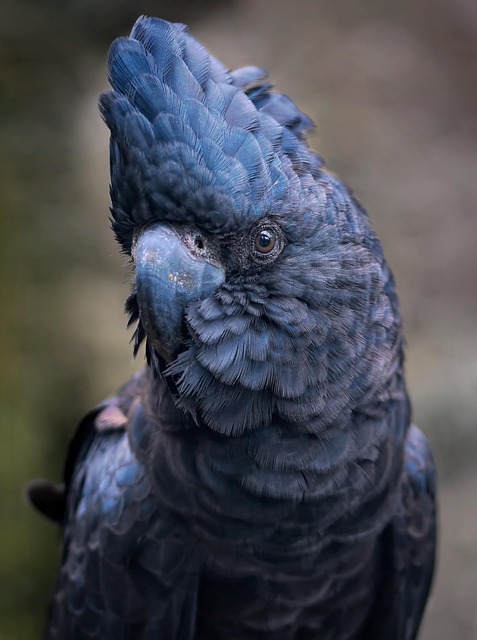Wildlife removal, a critical aspect of animal control, addresses the complex interplay between humans and wildlife in urban areas. As human habitats encroach on natural territories, professional services are essential for mitigating health risks from disease transmission and physical dangers posed by threatened wildlife. These experts safely evacuate animals, prevent damage, and maintain ecological balance using humane methods. They handle various species, including invasive ones like venomous snakes and bears, while adhering to legal and ethical guidelines. Case studies highlight successful projects, innovative prevention strategies, and the importance of proactive measures to minimize future incidents, fostering peaceful coexistence between humans and wildlife.
Professional animal control is a vital service ensuring safety, health, and harmony between humans and wildlife. This comprehensive guide explores the intricacies of wildlife removal, highlighting critical situations and common species requiring expert intervention. From understanding the necessity of removal to exploring modern deterrence techniques and legal ethics, we delve into the role of specialists in human-wildlife conflict resolution. Discover case studies showcasing successful projects and learn preventative measures for future interactions with wildlife, emphasizing the importance of professional animal control services.
Understanding Wildlife Removal: When and Why It's Necessary

Wildlife removal is a crucial aspect of professional animal control, often required when wildlife species encroach upon human habitats. This service becomes necessary for several reasons; primarily, to protect public health and safety. Many wild animals carry diseases or parasites that can be transmitted to humans, pets, or domestic animals. Additionally, some wildlife species can pose physical threats, especially if they feel threatened or are protecting their young.
In urban areas, wildlife removal is frequently required due to the rapid expansion of human settlements into natural habitats, leaving little room for animals to move without encountering human structures. When this happens, professional intervention becomes vital to handle the situation humanely and effectively, ensuring the safety of both the animals and the people affected.
Common Wildlife Species Requiring Professional Control
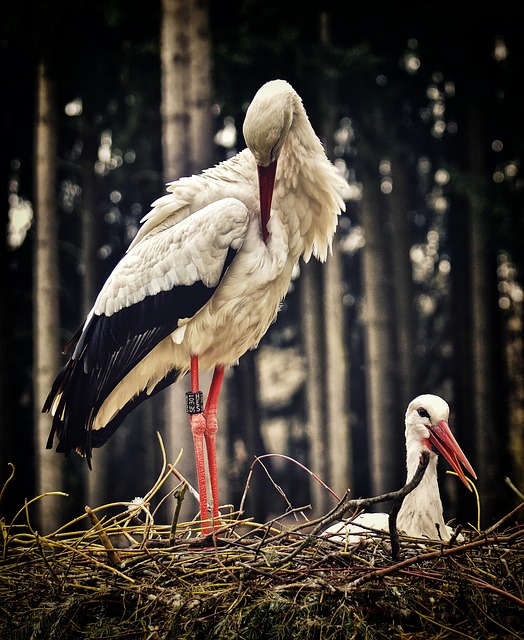
In many regions, professional animal control services are often needed for dealing with common wildlife species that can pose significant threats to human health and property. Animals such as raccoons, squirrels, skunks, opossums, and even foxes can find their way into homes and businesses, causing damage and potentially carrying diseases. These wildlife removal specialists are equipped with the knowledge and tools to safely and humanely remove these animals from residential or commercial areas, preventing further intrusion and ensuring a healthy environment.
Professional control is particularly crucial when it comes to invasive species like snakes, which can be highly venomous, or bears, known for their aggressive behavior when protecting their young. Experts in wildlife management employ strategic methods to capture and relocate these animals, minimizing stress and risk to both the creatures and the people who live nearby. Effective wildlife removal not only protects homes and businesses but also helps maintain a balanced ecosystem by ensuring the safe coexistence of humans and wild animals.
The Role of Animal Control Specialists in Safe Eviction
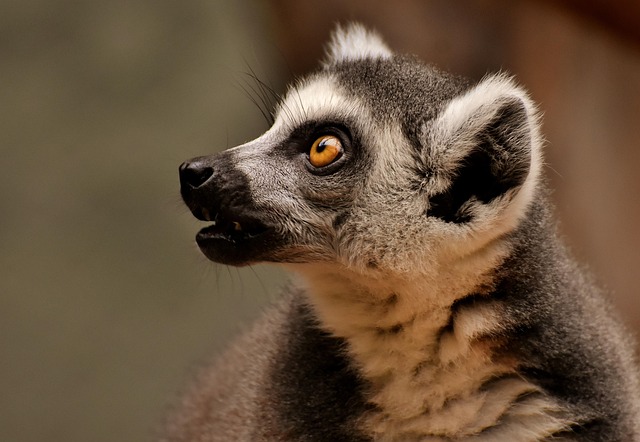
Animal control specialists play a crucial role in ensuring safe and humane wildlife removal, especially during eviction processes. When animals, such as squirrels, raccoons, or even larger pests, take up residence in homes or buildings, they can pose significant risks to human health and property. These specialists are trained to handle such situations with care and expertise. They employ various techniques to trap and remove wildlife while minimising potential harm to both the animals and the occupants.
During eviction, animal control experts assess the situation, identify the species involved, and use appropriate methods tailored to their needs. They work swiftly yet carefully to prevent injury or distress to the animals, ensuring they are handled and released back into their natural habitats safely. This professional approach not only solves immediate problems but also helps maintain a harmonious balance between humans and wildlife in urban environments.
Human-Wildlife Conflict: Solutions for Coexistence
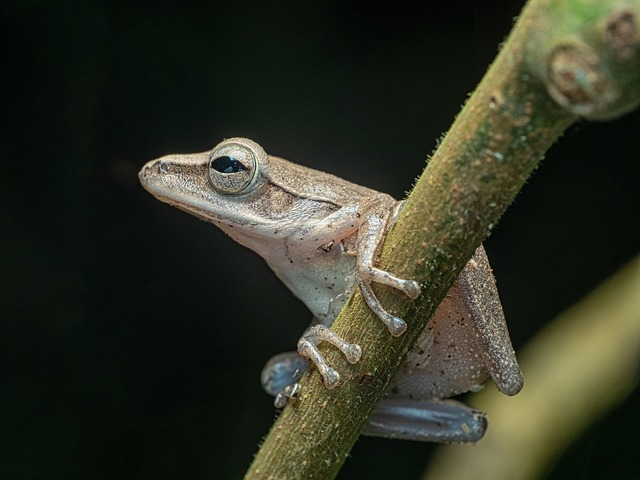
Human-wildlife conflict is a growing concern as urban expansion encroaches on natural habitats, leading to frequent interactions between humans and wild animals. This can result in property damage, health risks, and even human injuries. Professional animal control plays a vital role in mitigating these conflicts through effective wildlife removal techniques. Trained specialists employ safe and humane methods to manage wildlife populations, ensuring the safety of both residents and the animals.
Solutions for coexistence involve a combination of prevention, deterrence, and controlled removal. This includes installing protective fences, securing trash cans, and creating habitat buffers around homes. By understanding the behavior and needs of local wildlife, professionals can develop tailored strategies to minimize conflict. Regular inspections and early detection of potential issues are key to preventing severe situations, ultimately fostering a harmonious relationship between humans and their wild neighbors.
Modern Techniques for Effective Wildlife Deterrence

In the realm of professional animal control, modern techniques for effective wildlife deterrence have evolved significantly. Gone are the days of simplistic traps and repellents; today’s solutions are more nuanced and humanely focused. Advanced technologies like motion-activated devices and sound barriers are being employed to deter animals without causing them harm. These innovative methods not only protect properties but also preserve the well-being of wildlife, striking a delicate balance between human needs and animal conservation.
Professional animal control experts are also utilizing data-driven approaches, studying patterns and behaviors of various species to implement tailored deterrence strategies. This includes the strategic placement of lighting, the use of scent repellents, and even behavioral modifications. With these modern techniques, wildlife removal can be effective while ensuring the ethical treatment of animals, making it a more responsible and sustainable practice in today’s world.
Legal and Ethical Considerations in Professional Animal Control
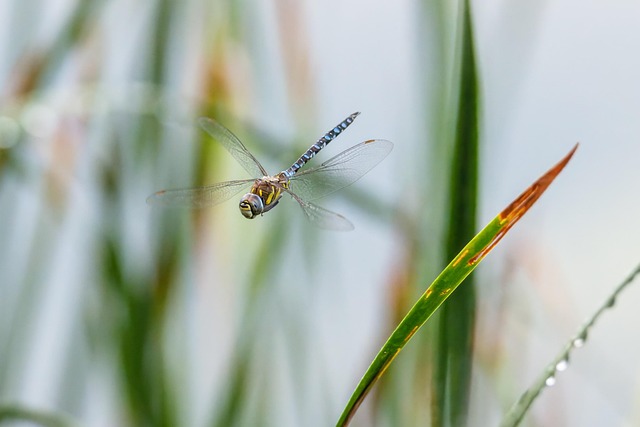
In the realm of professional animal control, especially with wildlife removal services, legal and ethical considerations are paramount. It’s crucial to understand and abide by local, state, and federal regulations governing the handling and relocation of wild animals. Each species has its own set of protective measures in place, ensuring their well-being and conservation. Professional controls must possess permits and follow strict protocols for trapping, transporting, and releasing or euthanizing animals, particularly endangered or protected species.
Beyond legal obligations, ethical treatment of wildlife is a cornerstone of professional animal control. This includes humane handling, minimizing stress, and providing appropriate care during the removal process. Ethical considerations also extend to the prevention of unnecessary harm or destruction, as well as educating clients about coexisting with wildlife in harmonious ways. Responsible professionals strive to find solutions that balance human safety, property protection, and the preservation of wild habitats and ecosystems, ensuring a sustainable future for both animals and communities.
Case Studies: Successful Wildlife Removal Projects

Successful wildlife removal projects are a testament to the critical role professional animal control plays in maintaining balanced ecosystems and safe human habitats. Case studies often highlight the intricate challenges faced by experts in this field, ranging from urban areas with dense populations to rural landscapes teeming with diverse species. One such project involved removing a family of raccoons from an attic in a suburban home. Through careful planning and humane methods, the team ensured the safety of both the animals and the residents, showcasing the importance of professional expertise in handling sensitive situations.
These studies also reveal innovative strategies used to prevent future infestations. From installing one-way exclusion doors to implementing strategic sanitation practices, each project offers valuable insights into effective wildlife management. By studying these cases, animal control professionals can refine their techniques, ensuring successful removals and minimizing the likelihood of recurring issues. This proactive approach not only benefits property owners but also contributes to the preservation of local ecosystems by promoting peaceful coexistence between humans and wildlife.
Preventive Measures: Minimizing Future Interactions with Wildlife

Preventing interactions with wildlife is a key aspect of professional animal control, aiming to minimize future incidents and ensure a harmonious coexistence between humans and nature. One effective strategy is to implement preventive measures that address the underlying reasons for wildlife presence in residential areas. This includes maintaining a secure home environment by sealing entry points such as gaps in walls, attics, and foundations. Removing potential food sources like garbage or pet food outdoors can also deter wildlife from approaching homes.
Regular inspections and proactive maintenance are crucial. Professional animal control experts suggest conducting seasonal checks to identify and seal any new entry points that may have opened up during the year. By taking these preventive steps, residents can significantly reduce the likelihood of unwelcome wildlife visitors, thereby minimizing the need for future wildlife removal services.
